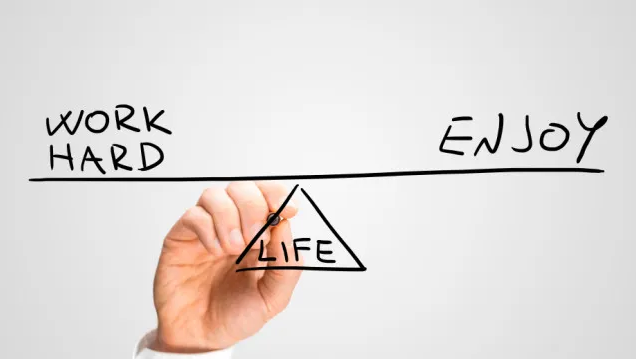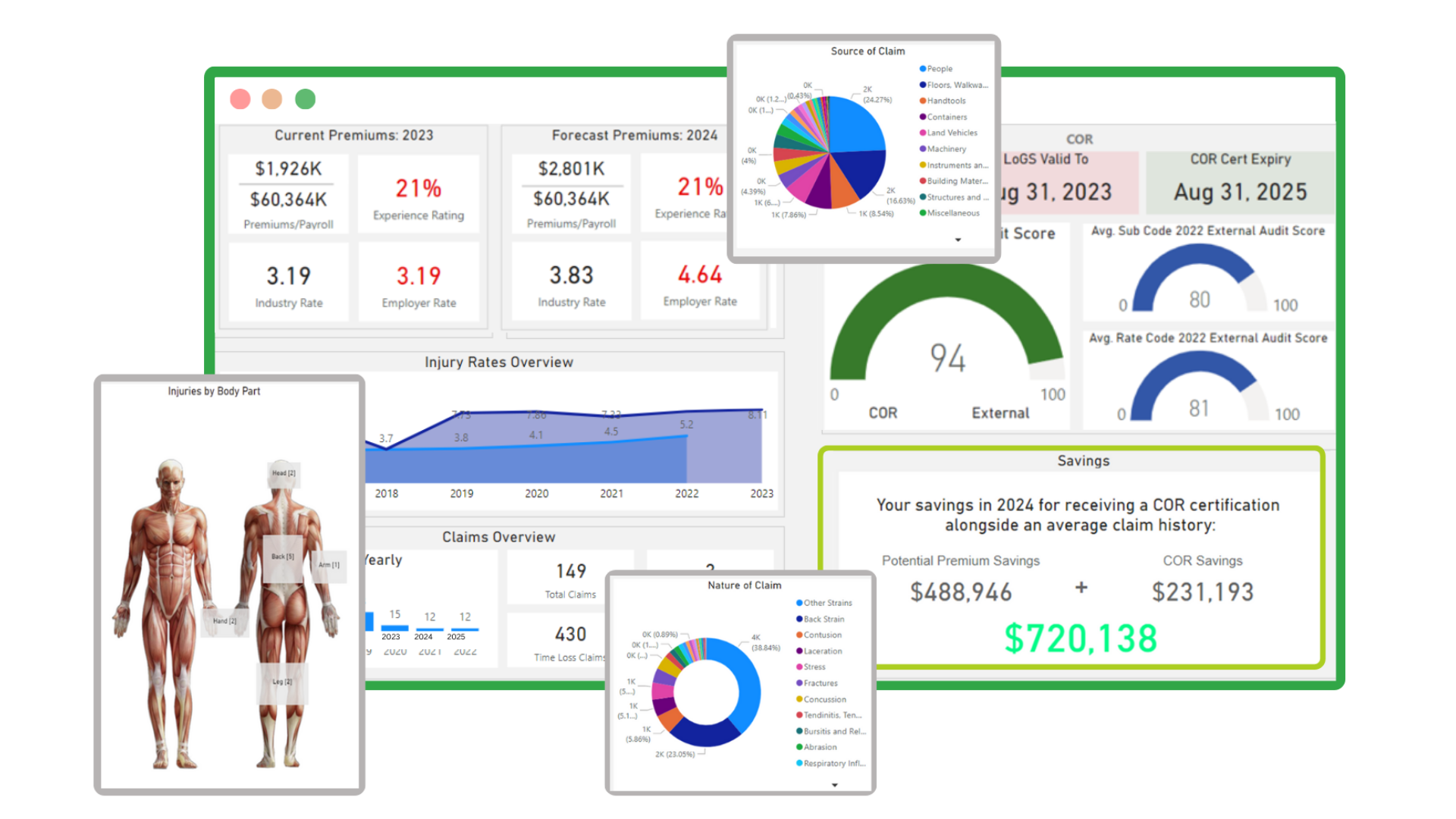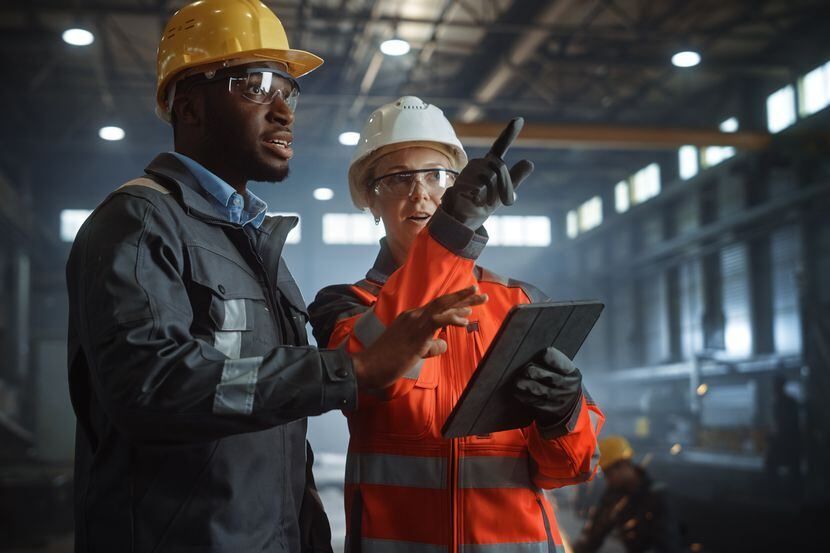Why Traditional Safety Just Doesn’t Cut It Anymore
Author: Sensori Safety Published: 06/19/2025 Time: 5 Minutes
Walk into any workplace in America — be it a warehouse, a hospital, or a high-rise construction site — and you’ll likely find the same set of safety tools: binders full of protocols, posters on the wall, occasional toolbox talks, and maybe an annual training or two.
And yet, injuries still happen. Fatigue still builds. Attention still drifts. People still get hurt.
The truth is, traditional safety systems — while well-intentioned — are often built for compliance, not connection. They’re designed to check boxes, not change behavior. And when the real goal is to protect people, that’s simply not enough.
When Safety Feels Like a Slogan
For over a decade, I’ve worked in the safety industry. I’ve walked job sites, sat in safety meetings, written policies, investigated incidents, and talked with hundreds of workers across all types of industries. And one thing I’ve noticed time and time again is this:
Most employees know what the rules are. What they struggle with is why those rules matter to them.
Not because they don’t care. Most workers deeply value their lives, their families, and their teammates. But because the way safety is taught often lacks one key ingredient: human engagement.
Safety gets reduced to a slide deck. A checklist. A warning label. It becomes background noise in a high-risk environment where it should be the heartbeat of the entire operation. That disconnect is dangerous.
We Don’t Have a Safety Problem — We Have a Connection Problem
The problem isn’t that we don’t have enough safety resources. The problem is that we’re not reaching people in a way that sticks.
We’re asking workers to stay alert, be mindful, and protect one another — but we’re delivering that message through outdated means. Long training sessions, one-size-fits-all modules, and dry materials that don’t reflect the pace or reality of a modern workplace.
And then we wonder why engagement is low.
But when you really talk to workers, you start to understand something deeper: most people don’t want to just “follow rules.” They want to be part of something — a culture where they feel seen, valued, and informed in real time.
They want stories that make sense. They want reminders that feel real. They want to feel like safety isn’t just a requirement — it’s a relationship. That’s why traditional safety alone isn’t cutting it. Because it leaves out the very thing that could make it work: the people.
What If Safety Wasn’t Just Something We Told People — But Something They Lived?
We started Sensori Safety and launched the SafeEngage 360 platform not just because I believed safety could be better — but because I believed people deserved more.
SafeEngage 360 wasn’t born out of a marketing plan. It came from real frustration. Real fatigue. And real conversations with workers who were tired of being treated like a checkbox instead of a human being with a name, a family, and a future. The idea was simple: if we want safety to resonate, we have to change how it’s delivered.
We need short, relatable, real-world content — delivered in the ways people consume everything else in their lives: video, story, and community. Not more manuals. Not more meetings. But tools that feel like a conversation, not a command.
And no, this isn’t about making safety “cool” or trendy. It’s about meeting people where they are — and reminding them why their life, their hands, their eyes, and their voice matter.
Real Safety Doesn’t Live in a Binder
Think about the last time you saw someone cut corners on the job. Was it because they didn’t know the rule? Or was it because they were rushing? Stressed? Feeling unheard? Trying to meet a deadline?
Real safety lives in the moments when someone speaks up. When someone takes an extra five seconds to double-check a latch. When someone pauses the job to check in on a teammate.
And those moments aren’t created by policies. They’re created by culture. But culture isn’t built overnight — and it’s not built through force. It’s built through engagement.
It’s built by consistently reminding people that they matter. That their choices affect others. That what they do today shapes what’s possible tomorrow. And that takes more than a one-time training or a warning sign. It takes intentional effort. Repeated messages. Relatable content. And leadership that cares.
Stories Over Statistics
One of the most powerful shifts I’ve seen in safety engagement is this: stop leading with stats, and start leading with stories.
Because behind every near-miss, every recordable incident, every fall, cut, or burn — there’s a person. Not just a worker. A father. A daughter. A veteran. A dreamer. Someone with a past, a present, and a future.
SafeEngage 360 is filled with video content that tells these stories — not to scare people, but to ground them. To make it real. To help them feel what’s at stake. And to spark conversations at the lunch table, in the breakroom, or during morning huddles that actually change behavior. We’ve seen it work. Because when people feel something, they remember it.
The Future of Safety is Human
At Sensori, we don’t believe safety should feel like a burden. We believe it should feel like belonging.
And that’s where we’re headed. Toward a future where safety isn’t just about preventing injury — it’s about building environments where people feel trusted, heard, and invested. Where learning happens daily, not annually. Where teams share knowledge and lift each other up. Where safety becomes part of how we care for one another — not just how we avoid citations. We don’t have to abandon the foundations of traditional safety. But we do have to build on them.
We have to be willing to evolve — to embrace tools that reflect the way people actually engage in 2025 and beyond. If you’re a safety leader, a supervisor, or even a team member wondering how to make a difference — start here:
- Ask questions.
- Listen more than you talk.
- Share real stories.
- Look for tools that connect, not just instruct.
- And most importantly, remember that safety is always personal.
Because at the end of the day, the goal isn’t just zero incidents. The goal is for every worker to go home feeling like they mattered — because they did. And that’s the kind of safety culture worth building.
#SensoriSafety #OSHA #safetytech #safetyblog #safetyfirst #workersafety #safetytips #safetyprofessionals #safetyprofessional #ehscommunity











